Discovering Dicranella Subulata: A Fascinating Journey Through the World of Moss
Affiliate Disclaimer: As an affiliate, we may earn a small commission when you make a purchase from any of the links on this page at no additional cost to you!
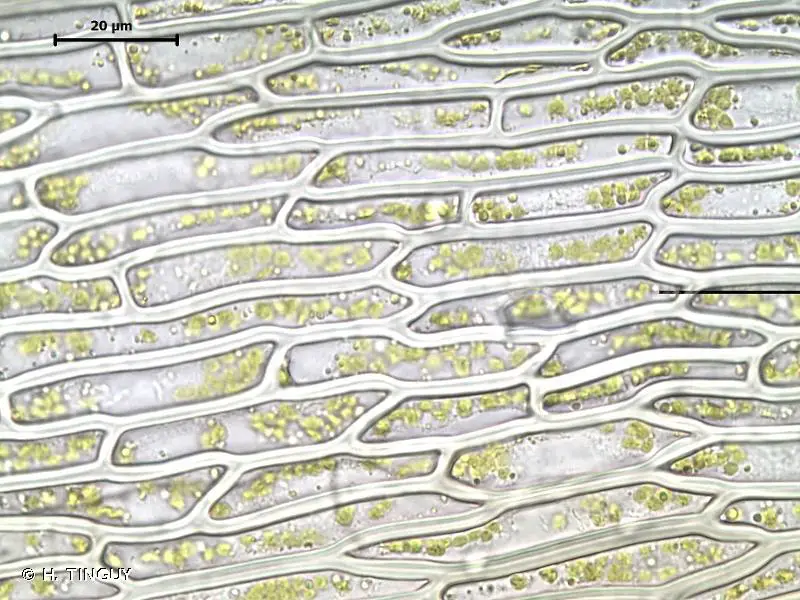
409195.jpg from: https://inpn.mnhn.fr/espece/cd_nom/4725
Introduction
In the vast and captivating world of bryophytes, the Dicranella subulata (Hedw.) Schimp. moss stands out as a remarkable member of the Dicranellaceae family. Often referred to simply as Dicranella, this unassuming yet fascinating plant has captured the hearts of moss enthusiasts worldwide. Let’s delve into the intriguing realm of this diminutive marvel and uncover its secrets.
Background
Before we explore the intricacies of Dicranella subulata, it’s essential to understand the broader context of bryophytes. These non-vascular plants, which include mosses, liverworts, and hornworts, are among the oldest land plants on Earth. They play a crucial role in various ecosystems, acting as pioneers in colonizing new environments and contributing to soil formation and moisture retention.
Main Content
Morphology and Identification
Dicranella subulata
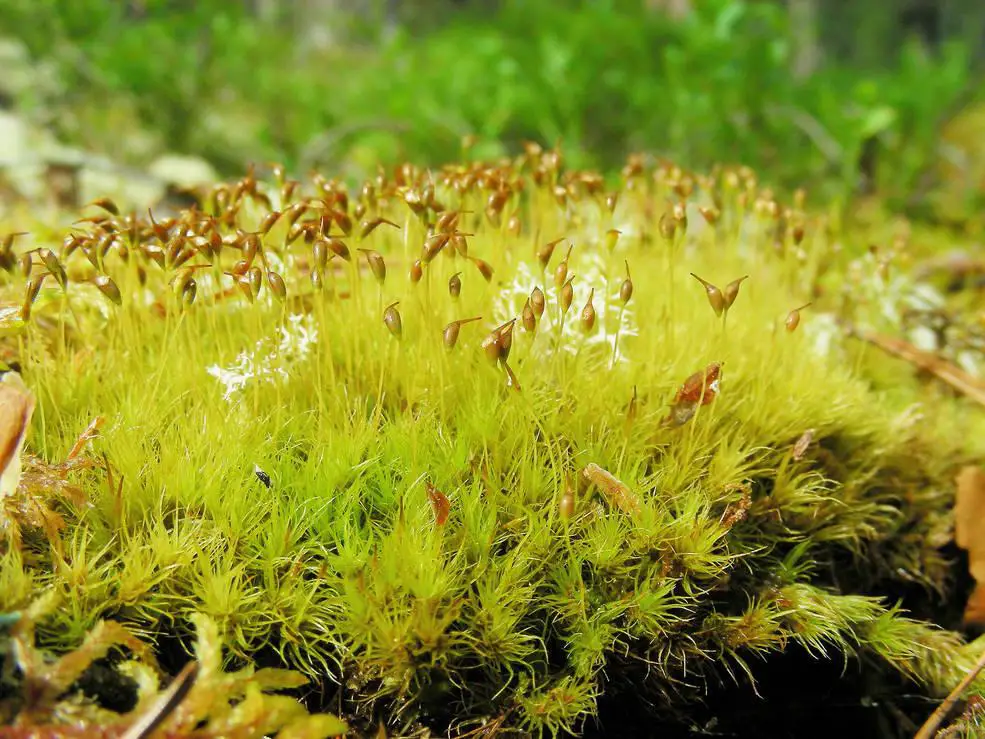
dicranella_subulata.jpg from: https://www.earth.com/plant-encyclopedia/bryophytes/dicranaceae/dicranella-subulata/en/
is a small, acrocarpous moss that forms dense, cushion-like tufts or mats. Its slender stems are typically less than an inch tall, adorned with delicate, linear-lanceolate leaves that taper to a fine point. The leaves are characterized by their distinctive subulate (awl-shaped) appearance, which gives the moss its specific epithet.
One of the most striking features of Dicranella subulata is its vibrant green color, which can range from a deep emerald to a golden hue, depending on the environmental conditions. This moss is easily identifiable by its erect capsules (sporophytes) that are borne on slender setae (stalks) and often curved or inclined.
Global Distribution and Habitat
Dicranella subulata is a cosmopolitan species, meaning it can be found on almost every continent. It thrives in a wide range of habitats, from moist and shaded areas to exposed, rocky surfaces. This moss is particularly abundant in temperate regions, where it can be found growing on soil, rocks, tree bark, and even in urban environments like old walls and pavements.
Ecological Roles and Adaptations
Despite its diminutive size, Dicranella subulata plays a vital role in its ecosystems. As a pioneer species, it is often one of the first plants to colonize disturbed or newly exposed areas, helping to stabilize the soil and create conditions suitable for other plants to establish themselves.
This moss is remarkably resilient and has developed several adaptations to survive in harsh environments. Its dense cushion-like growth form helps to retain moisture and protect the delicate leaves from desiccation. Additionally, Dicranella subulata can undergo a state of dormancy during periods of drought, reviving once favorable conditions return.
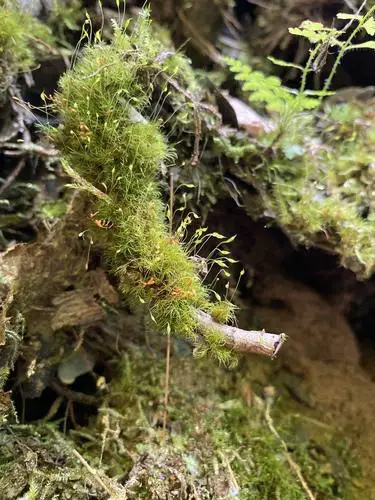
medium.jpg from: https://www.inaturalist.org/taxa/161842-Dicranella-subulata
Case Studies/Examples
Dicranella subulata has been the subject of numerous scientific studies, highlighting its importance in various fields. For instance, researchers have investigated its potential as a bioindicator for air pollution, as mosses are known to be sensitive to atmospheric contaminants.
In urban areas, Dicranella subulata
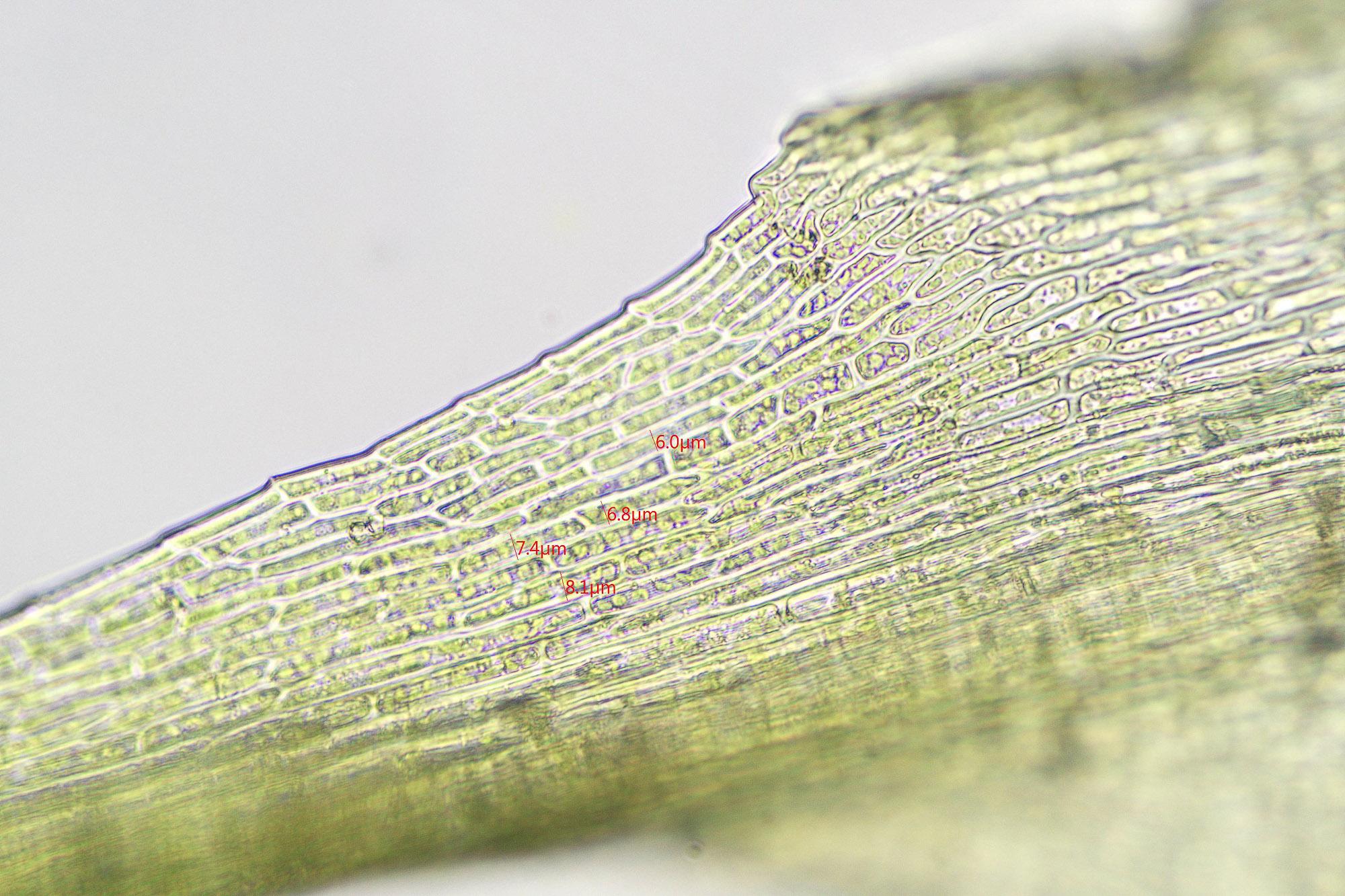
2020-09-10-15-19-41.jpg from: https://www.britishbryologicalsociety.org.uk/learning/species-finder/dicranella-subulata/
has been observed growing on historic buildings and monuments, contributing to the preservation of these structures by helping to prevent erosion and providing a protective layer.
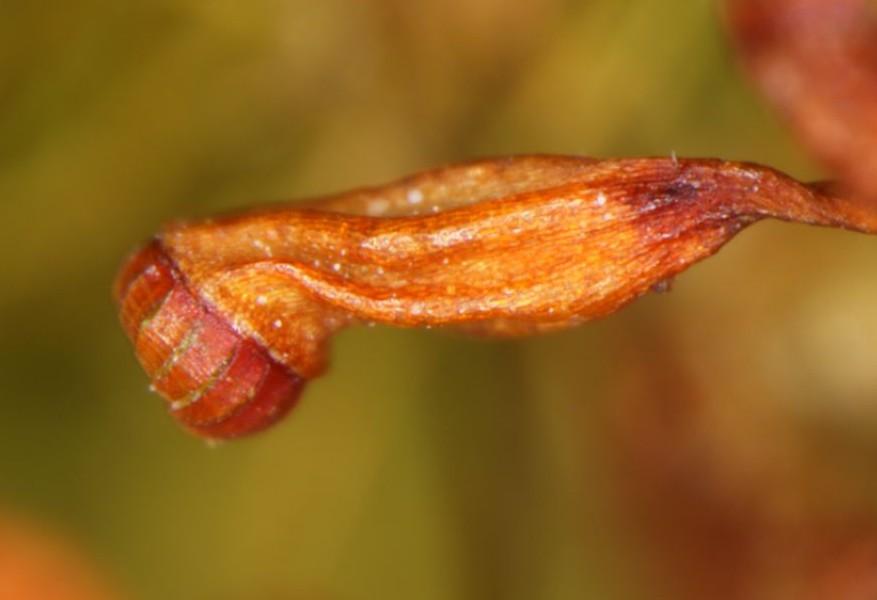
Dicranella_heteromalla-sporangium-e1386376317470.jpg from: https://blogs.ubc.ca/biology321/?page_id=4825
Technical Table
| Characteristic | Description |
|---|---|
| Phylum | Bryophyta |
Class
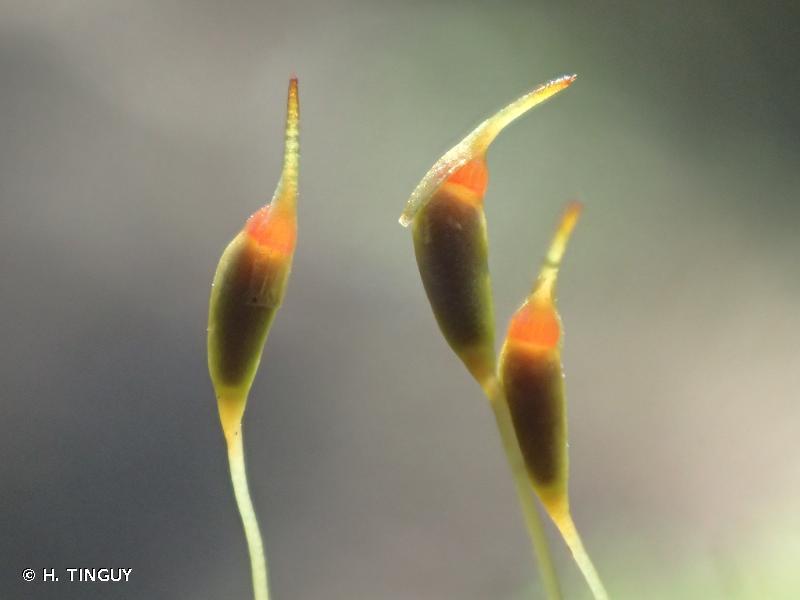 207011.jpg from: https://inpn.mnhn.fr/espece/cd_nom/4446 |
Bryopsida |
| Order | Dicranales |
| Family | Dicranellaceae |
| Genus | Dicranella
 120px-Dicranella_subulata_(a%2C_141206-472332)_6021.JPG from: https://commons.wikimedia.org/wiki/Dicranella_subulata 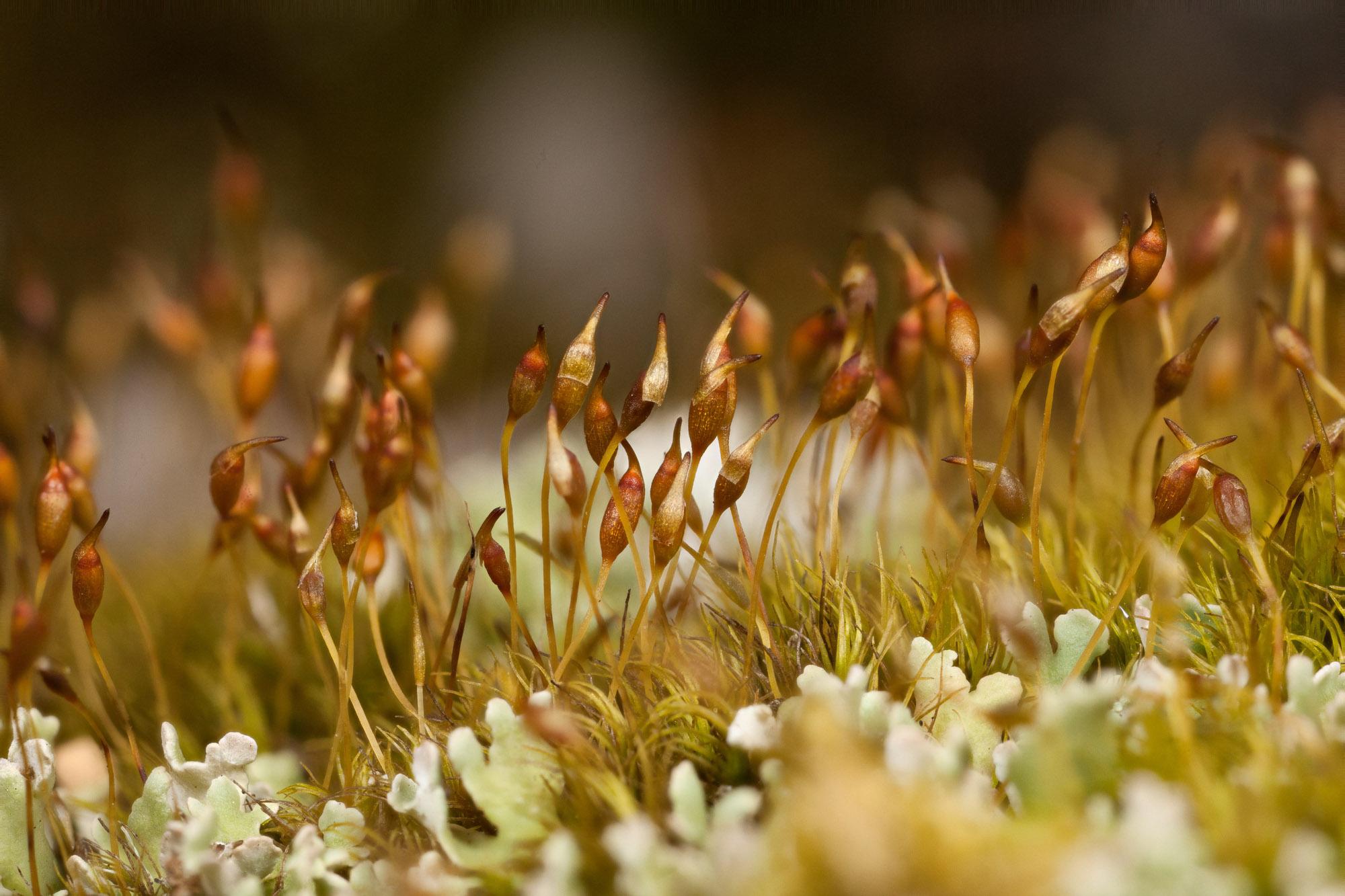 Dicranella-heteromalla-3.jpg from: https://ohiomosslichen.org/moss-dicranella-heteromalla/dicranella-heteromalla-2-2/ |
| Species | Dicranella subulata (Hedw.) Schimp.
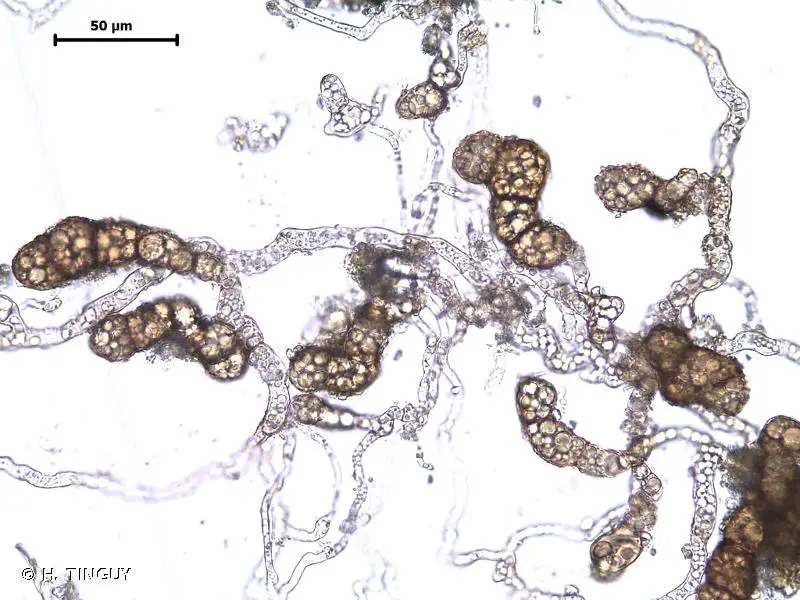 398961.jpg from: https://inpn.mnhn.fr/espece/cd_nom/4726 |
Common Name
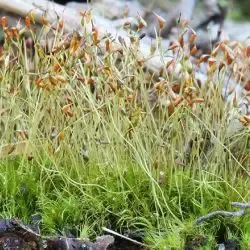 a9436834cd3a2283d85419fed7c1e623.jpg from: https://www.asturnatura.com/especie/dicranella-heteromalla |
Dicranella moss |
| Growth Form | Acrocarpous, cushion-like tufts or mats |
| Leaf Shape | Linear-lanceolate, subulate (awl-shaped) |
| Capsule | Erect, inclined or curved |
Conclusion
The Dicranella subulata (Hedw.) Schimp. moss, a member of the Dicranellaceae family, is a true marvel of nature. Its resilience, adaptability, and ecological significance make it a fascinating subject for moss enthusiasts and scientists alike. As we continue to explore and appreciate the intricate world of bryophytes, let us ponder this thought-provoking question: How can we better protect and conserve these unsung heroes of our ecosystems?
